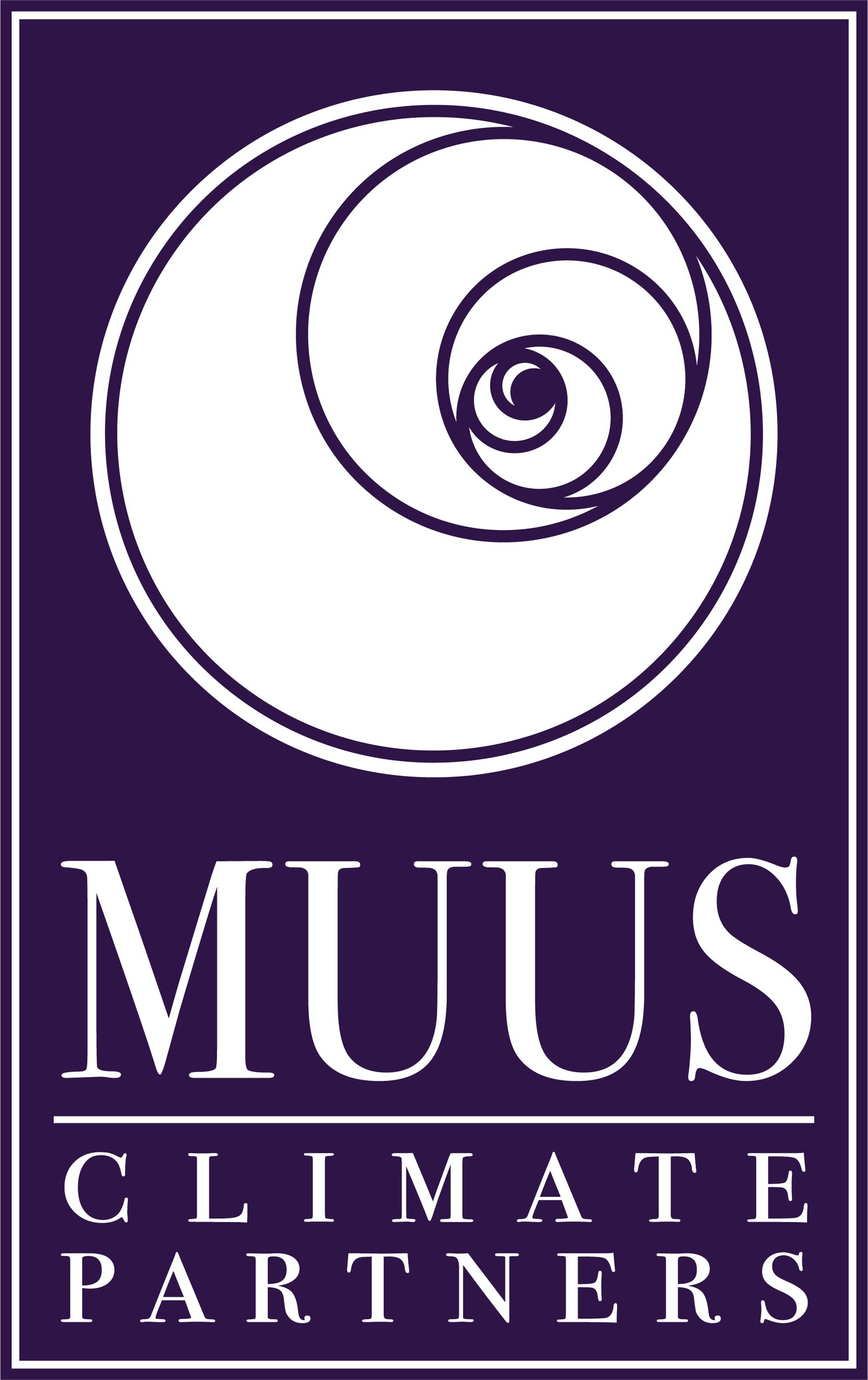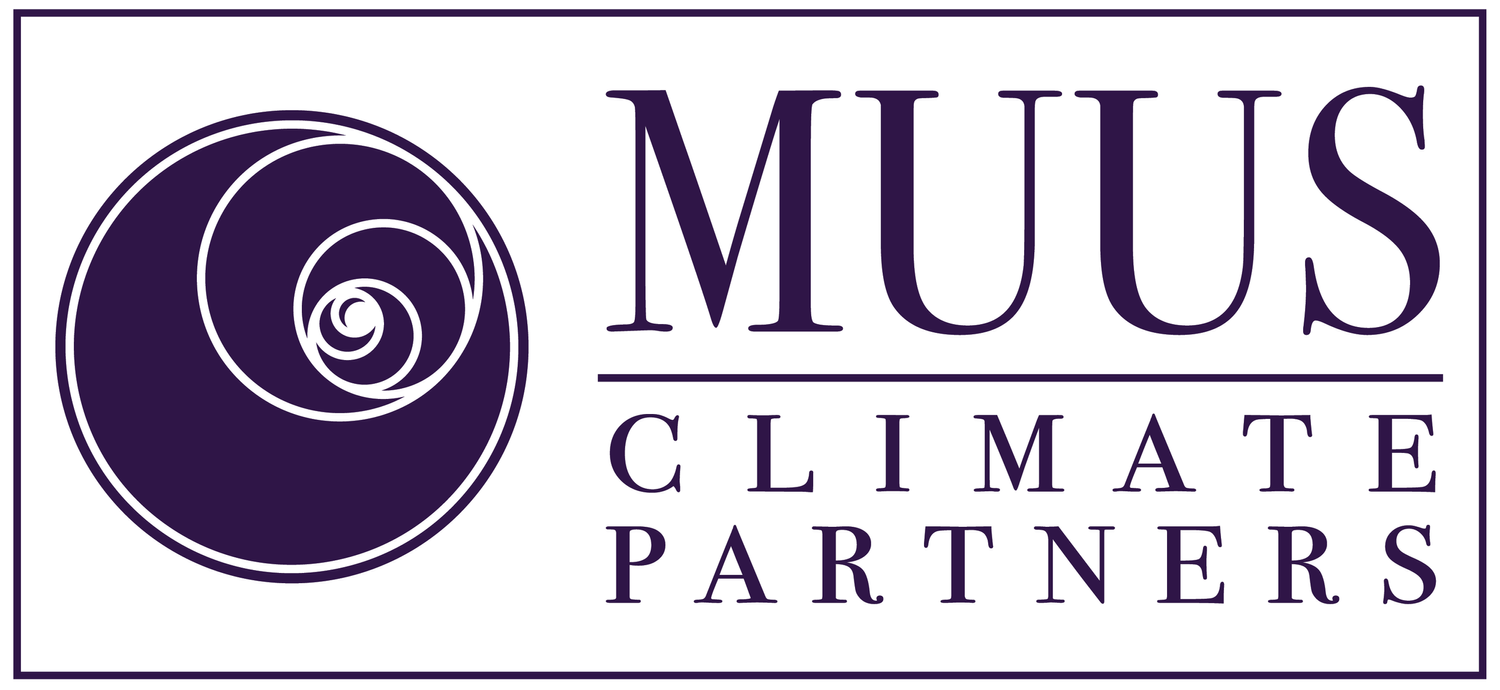Why we invested in Team Wildfire
At MUUS Climate Partners we look for investment opportunities which have clear decarbonization potential, and are run by creative and innovative teams with a laser focus on commercialization. We also tap our network for investment areas that might be overlooked, and one of the areas that came up this year was the wildfire space. Limiting the destruction of large amounts of wild lands, given the embedded carbon and future carbon storage capacity, could have significant positive climate impact. And failing to do so would have dire consequences: wildfires emit at least 1-3 Gigatons of CO2 every year.
When we started looking at the wildfire prevention space, we initially saw many data and monitoring solutions to help identify and track fires, rather than solutions to actually put out fires. Information is great, but a physical world issue requires physical world solutions (by the way, we feel similarly about the many carbon accounting software platforms that have emerged in recent years).
As we dove further into the space, we found a disturbing picture of where the world might be headed with wildfires, but also, thankfully, some compelling solutions to address the issue.
THE PROBLEM
A great many VC investments address major pain points that customers will pay to address. The wildfire pain point could not be more acute. The frequency, size and intensity of wildfires is increasing, and the global effects are becoming more severe. This includes air and water pollution, human health degradation, habitat and biodiversity loss, loss of life and property, loss of recreational and productive resources, water stress, and many more devastating costs. Axios’ chart from a recent story on Canada’s wildfires shows that 2023 wildfires, at the time of publication, are at 10x the mean emissions compared to the nearly 20 years' (2003-2022) mean in Canada.
The UN also looked at the state of wildfires and found that the chance of wildfires will rise significantly this century due to climate change. The probability of wildfire events is expected to grow 10% from 2020 to 2030, and the likelihood of catastrophic wildfire events will increase by 30-50% by the end of the century. As the report notes, “Even with the most ambitious efforts to curb greenhouse gas emissions, the planet will still experience a dramatic increase in the frequency of extreme fire conditions.”
The costs to address this massive problem are also growing. The Pew Charitable Trusts published an article on Wildfires and state budgets that noted “In the period from 2017 to 2021, the average annual acreage burned was 68% larger than the annual average [burned] from 1983 to 2016. As fires have grown, so has public spending on wildfire management… for example Washington spent an annual average of $24 million in state funds on wildfire suppression between 2010 and 2014. For the period from 2015 to 2019, that average more than tripled to $83 million.”
Similarly, a team from University of Montana and UC Boulder found that “Wildfires became significantly more destructive, with a 160% higher structure-loss rate (loss/kha burned) over the past decade.”
There are countless other sources of data that all point to the same conclusion, which is also the conclusion one could reach with basic common sense: wildfires are a massively destructive and costly problem, and they are getting worse, fast.
That led us to look for ways to tackle this major challenge.
A SOLUTION
Team Wildfire founder Steve Wolf witnessed firsthand the more than 1,000 homes destroyed and $2B in damages in Colorado’s Marshall Fire, which was close to his home. When speaking with firefighters after the disaster, Steve would repeatedly hear from them that only nature can put out a wildfire, with a high quantum of wind and rain. When Steve asked what it would take to push back and knock down large fires, one of the firefighters said “a hurricane.” So that’s what Steve set out to build: a new type of firefighting equipment that would create “hurricanes” on demand to meet this growing challenge.
It turns out that much of wildfire fighting comes down to buying time for the weather to change, by containing the fires and guiding them directionally. For the last 100 years, the strategy has been the same: firefighters try and turn fires away from key areas using prescriptive burning, digging/bulldozers, and manually rooting out underground fires. In the past few decades, aerial resources – planes dumping water or retardants – have been added to the toolkit, but they remain in short supply, and are extremely costly to deploy. Fire engines can be used, but they depend on nearby hydrants and large pumps to deploy large amounts of water inefficiently.
Team Wildfire’s Hurricane solution aims to change this paradigm. It brings a combination of water and wind that maximizes the effectiveness of both. Whereas past solutions aimed to bring a bigger hose, Team Wildfire is bringing a pressure washer.
The Hurricane solution utilizes small jet engines and a water dispersion unit to spray an immersive deluge that can quickly drown a fire, alongside wind in the hundreds of miles per hour. Besides being more water efficient, the Hurricane also carries more water than a fire engine. This means less time refilling water and more time fighting the fire. In fact, the Hurricane can cover more area of fire than aerial resources in the same amount of time. Team Wildfire’s solution can also disperse retardant and gels to help create protective lines, or coat structures ahead of a fire line, to create escape routes in fires.
Of course, no one solution will magically make the wildfire problem disappear. Yet this unique solution is bringing a new and valuable tool to the firefighters who stand between us and fire. We at MUUS Climate Partners are excited to support this team, and look forward to the solution helping to minimize wildfires starting next year.




